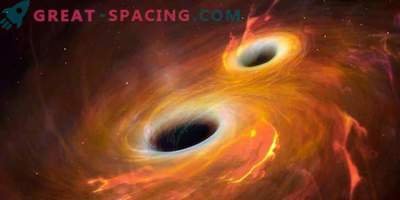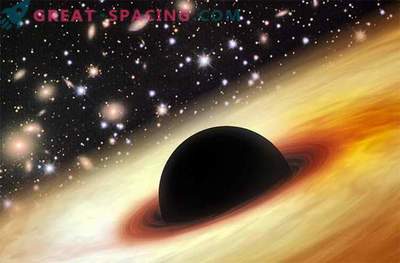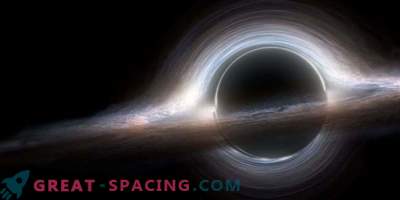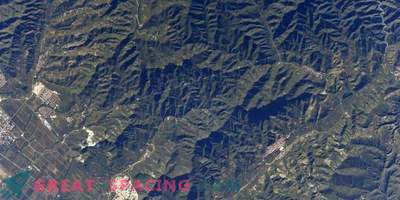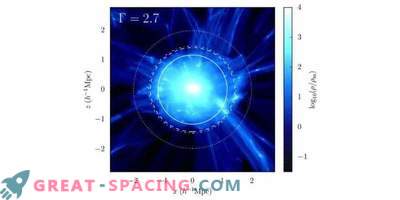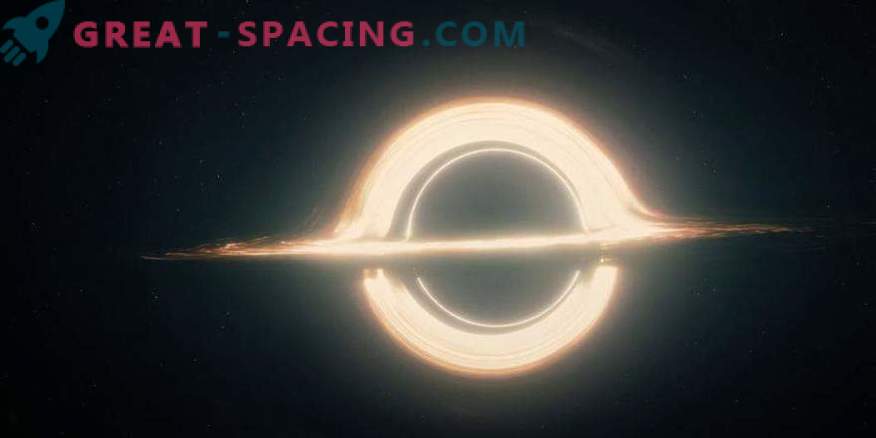
In the universe you can find very strange objects and phenomena. Quasars deserve attention, as they are considered among the brightest objects in visible space. Earlier we touched on this topic in the article “Is a quasar an object or a phenomenon? ”, but today we will try to answer an unusual question.
So can a supermassive black hole absorb a quasar? If you know a little about the topic, then most likely you will think that the question sounds absurd or ridiculous. Let's reason. Researchers believe that a supermassive black hole (10 5 -10 10 solar masses) is hidden in the center of each large galaxy.
You have already heard many times about the eerie tricks of black holes, their attractiveness and appetites. In the end, even the light is not able to escape, if it crossed the horizon of events. Black holes are active and asleep. In fact, their difference lies only in the fact that the first row has a sufficient amount of material for feeding.

The structure of the quasar
When a supermassive black hole in the galactic center absorbs surrounding matter, an accretion disk forms around it. Charged particles in this disk rotate, accelerate and release powerful rays of light. Add here an even stronger magnetic field from a supermassive black hole and obtain an even greater level of brightness (the brightest known quasar exceeds the solar brightness by 600 trillion times). In fact, it is this radiation of a rotating material on an accretion disk near an active supermassive black hole called a quasar (quasi-star radio source). That is, it is not an object next to a supermassive black hole, but, as it were, the consequences of its gluttony.
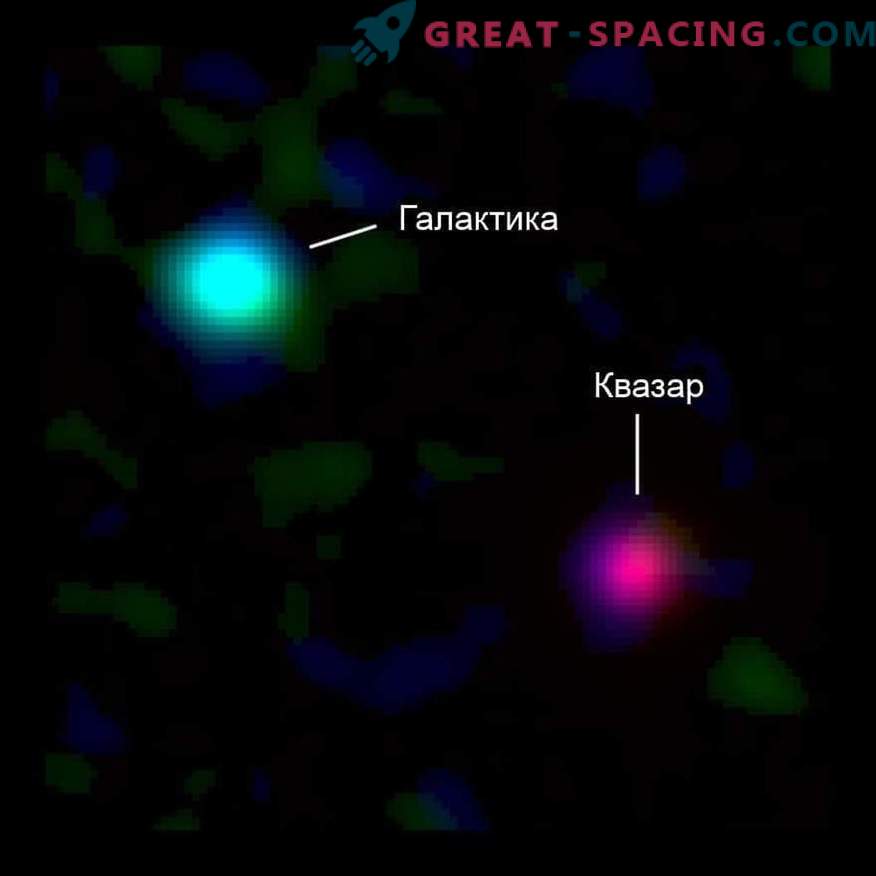
A quasar at a distance of 12.5 billion light-years shines near a young galaxy (12 billion light-years). ALMA instruments caught ionized carbon (green) and a star-shaped disk (blue)
Now you could understand why the question sounds a bit strange. Quasars arise due to the active absorption of the supermassive black hole material around. So the answer to the question will be negative.
However, it can be said that a supermassive black hole can drown out the brightness of its quasar, if it runs out of “food”. This situation was observed by researchers using the Sloan digital celestial survey. The quasar SDSS J1011 + 5442 was followed for about 12 years, noting changes in its luminosity level. Over the past decade, scientists have noted a 50-fold drop in brightness. It is believed that the whole thing is precisely that the supermassive black hole has ceased to receive material for absorption.






